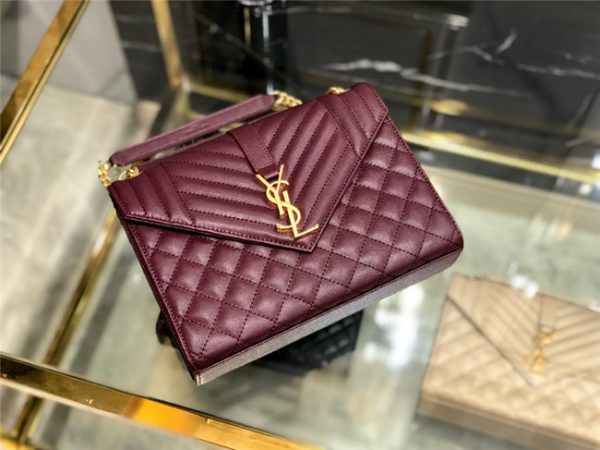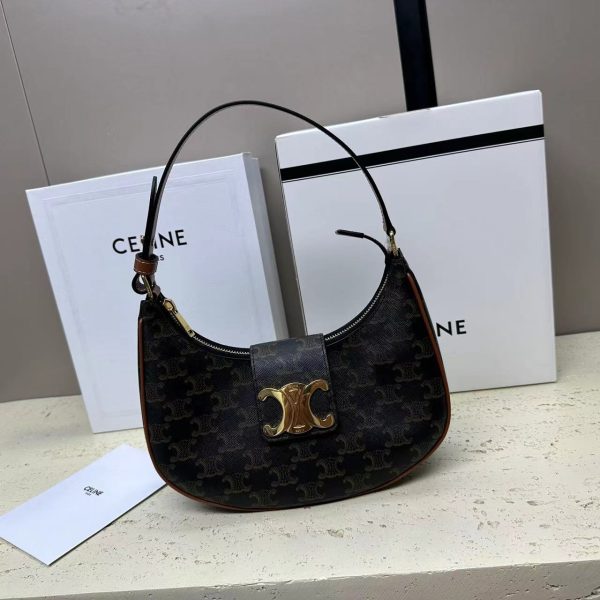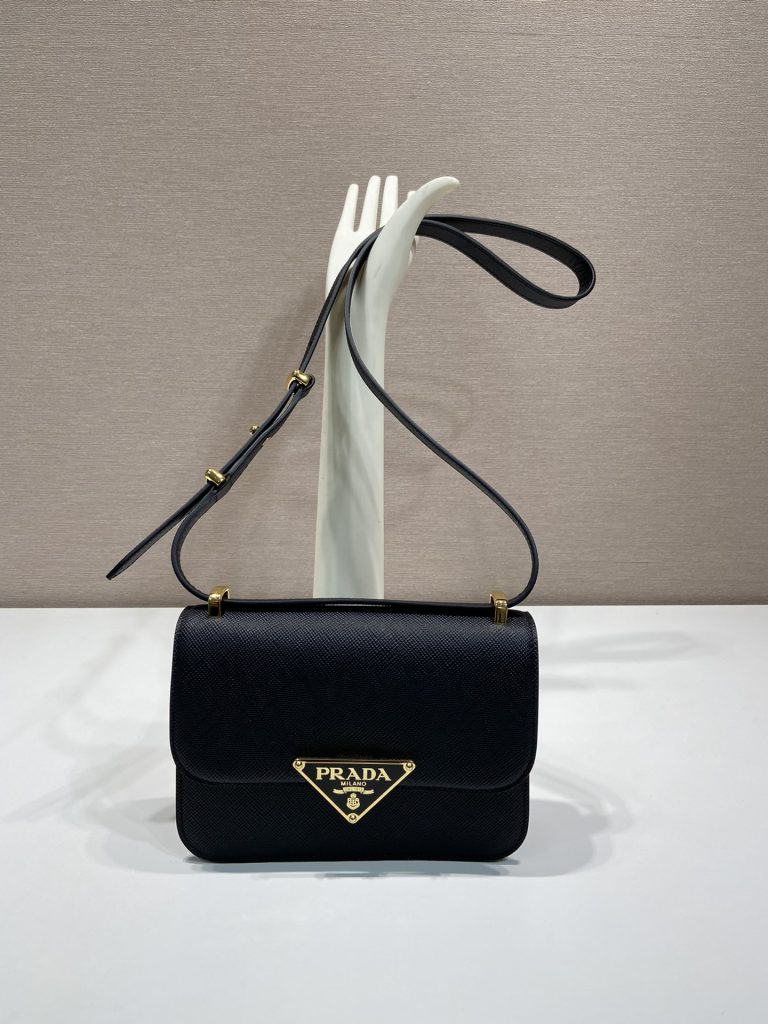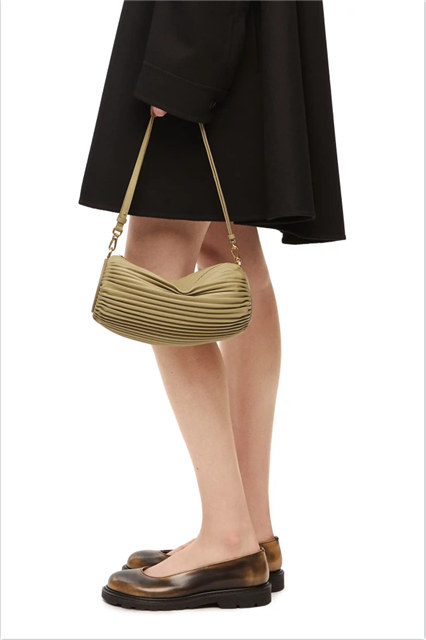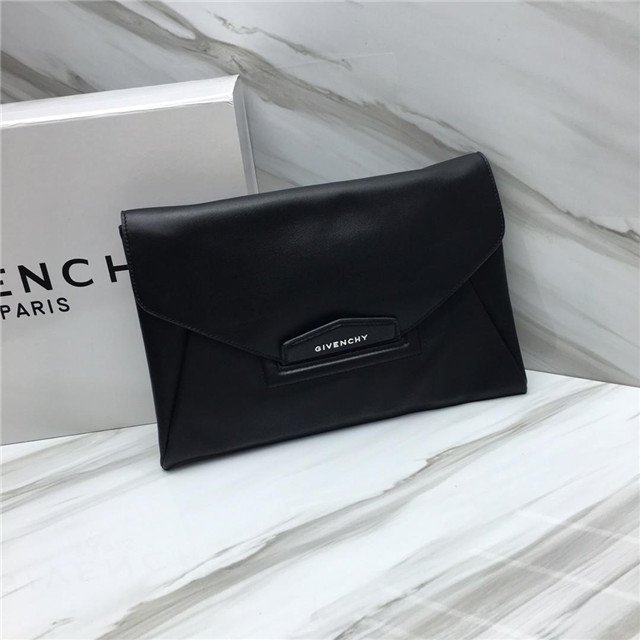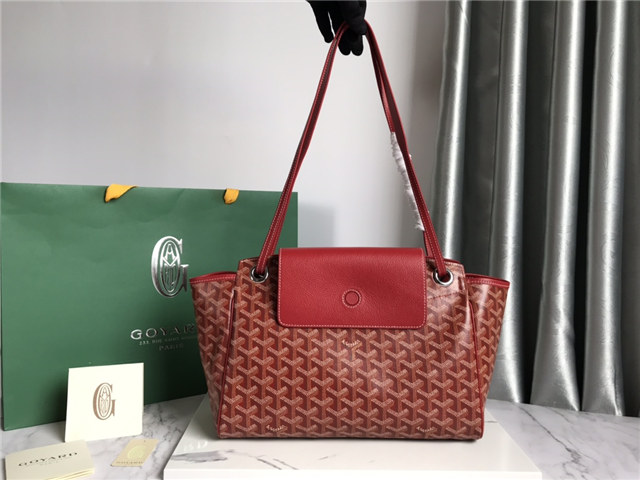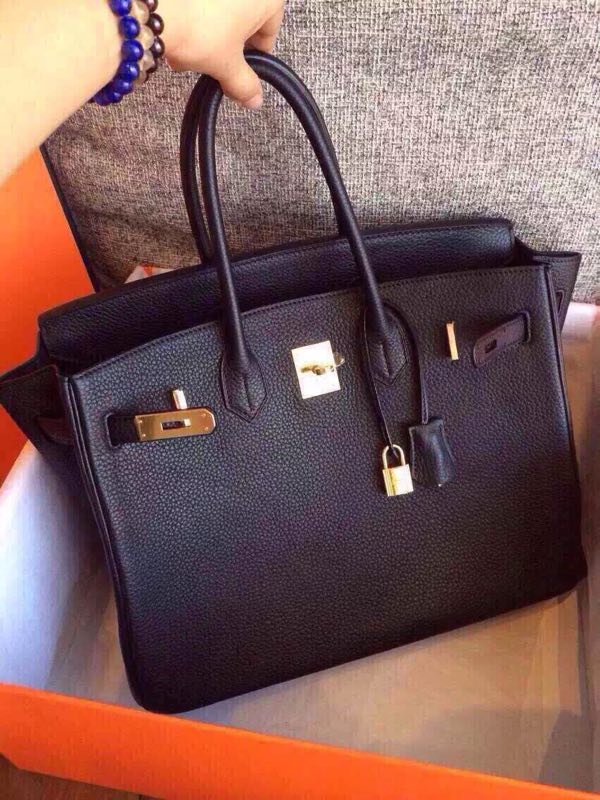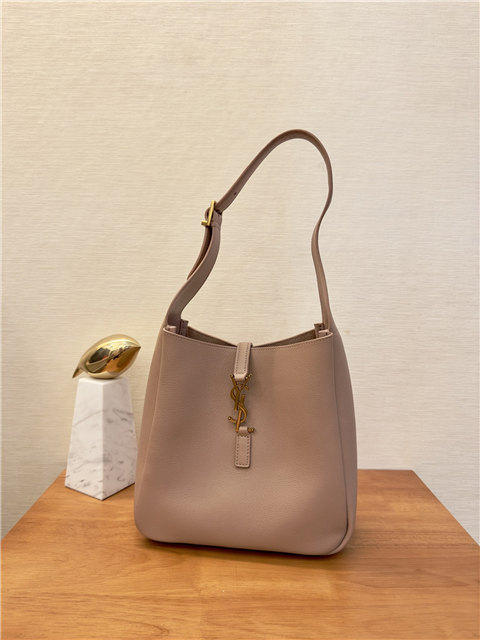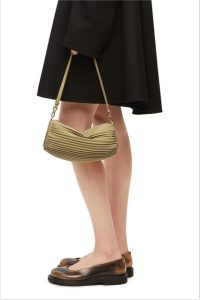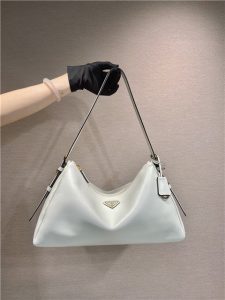So, where do you even start? Well, first things first, forget about some magic “serial number check” website promising instant authentication. Those are mostly BS. Authenticating a Patek is like trying to find the perfect avocado – it takes a bit of work, and sometimes you still end up disappointed.
One thing people always bang on about is the date window. Apparently, if the date doesn’t look just right, it’s a dead giveaway. I’m not entirely convinced by that, though. I mean, even real Patek Philippes can have slight variations, right? Plus, the fakers are getting pretty darn good these days. They’re not gonna mess up something as obvious as the date *that* badly. Probably.
Another “tell” is the crown. That little knob on the side you use to set the time? Supposedly, the engraving on it has to be super crisp and perfect. Okay, fair enough. But again, how closely are you *really* gonna look at that? And how do you even know what it’s *supposed* to look like anyway? Maybe you need a magnifying glass, I dunno. My eyesight ain’t what it used to be.
Look, honestly, the best way to know for sure is to take it to a proper watchmaker. Like, a legit, Patek-authorized dealer. They’ll know what to look for. They’ll have the tools, the experience, and the frankly probably-too-high ego to be able to tell if it’s a fake. It’ll cost you, sure, but think of it as an investment in your peace of mind (and your bragging rights).
But, before you run off to the watchmaker, maybe do some basic checks. Does it feel cheap? Does the movement sound like a bag of rusty nails when you shake it? Does the second hand tick (real Pateks have a smooth sweep)? If the answer to any of those is yes, then yeah, you’ve probably been had. Sorry, mate.
And here’s a hot take from me: if you bought it off some dodgy website for a fraction of the price, you *knew* it was too good to be true, didn’t you? Don’t come crying to me if it turns out to be a $20 knockoff.

